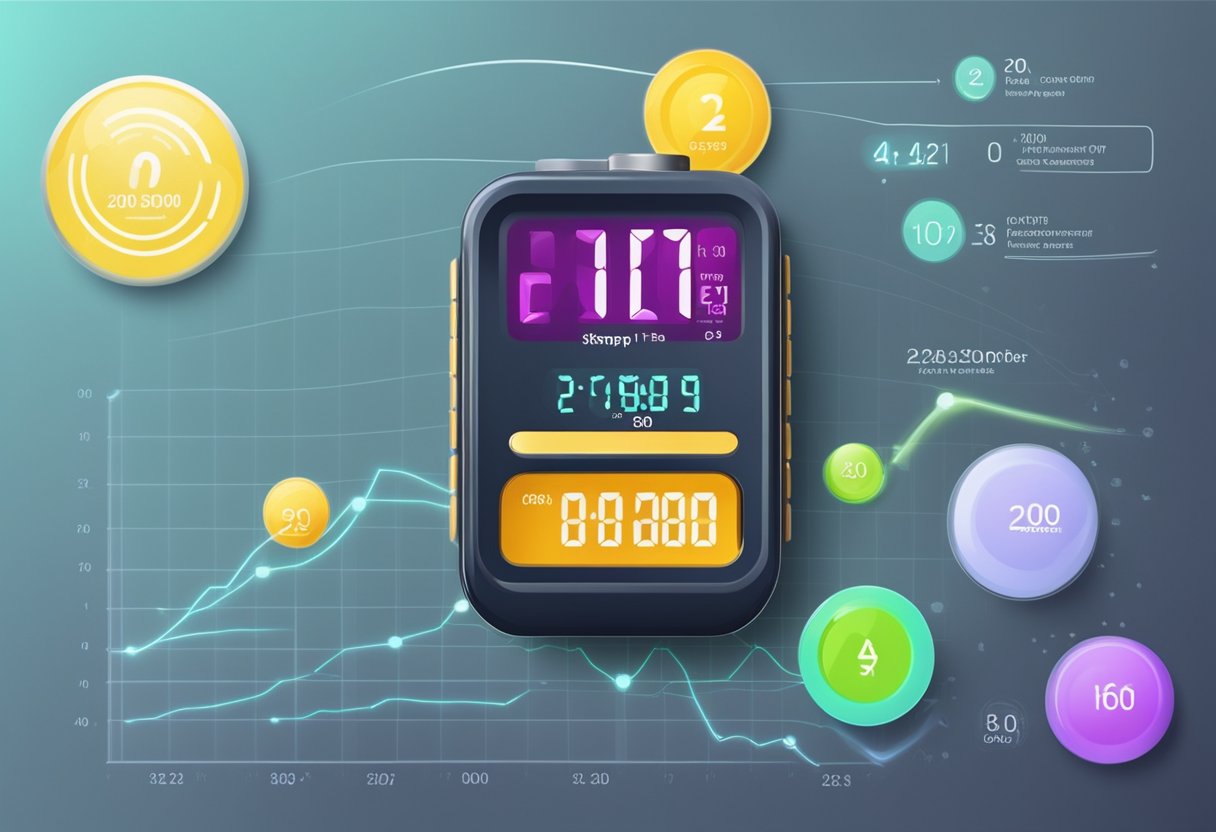Understanding the Ideal Pulse Rate: How High Should Your Pulse Be?
Find out the ideal pulse rates for different activities and life stages, and learn how to monitor your heart health effectively.

What is Your Pulse Rate?
Your pulse rate, or heart rate, is the number of times your heart beats in a minute. It's a crucial indicator of your overall heart health and can vary significantly depending on various factors, including age, fitness level, and activity intensity.
How High Should Your Pulse Be? Factors to Consider
The ideal pulse rate can vary based on several factors:
- Age: As you age, your resting heart rate tends to decrease. Young children often have a higher resting pulse compared to adults.
- Fitness Level: Athletes may have a resting pulse as low as 40 beats per minute, while non-active individuals may have a resting heart rate between 60 to 100 beats per minute.
- Activity Level: Your pulse rate changes significantly during different activities. For example, during intense exercise, it can increase to 70% to 85% of your maximum heart rate.
Resting Heart Rate: What is the Normal Range?
The average resting heart rate for adults is between 60 and 100 beats per minute. However, a pulse rate below 60 may be perfectly normal for athletes and fit individuals. If your resting heart rate consistently lies above 100 beats per minute when you're relaxed, consult with a healthcare professional.
Target Heart Rate During Exercise
When exercising, it’s important to aim for a target heart rate to ensure that you're working out effectively and safely. To calculate your target pulse rate during exercise, you can use the following methods:
1. The Maximum Heart Rate Formula
Your maximum heart rate is roughly calculated by using the formula: 220 - your age. For example, a 30-year-old would have a maximum heart rate of 190 beats per minute (220 - 30 = 190).
From here, your target heart rate during vigorous exercise should typically be 70% to 85% of your maximum heart rate. For moderate exercise, aim for 50% to 70%. So, using the earlier example:
- Vigorous Exercise: 70% to 85% = 133 to 162 beats per minute (BPM)
(190 x 0.7 = 133; 190 x 0.85 = 162) - Moderate Exercise: 50% to 70% = 95 to 133 BPM
(190 x 0.5 = 95; 190 x 0.7 = 133)
2. Heart Rate Zones
Understanding heart rate zones can help you determine how high your pulse should be based on your fitness objectives:
- Warm-up Zone: 50% to 60% of your maximum heart rate
- Fat Burning Zone: 60% to 70% (great for weight loss)
- Aerobic Zone: 70% to 80% (improves cardiovascular fitness)
- Anaerobic Zone: 80% to 90% (builds stamina and power)
- Red Line Zone: 90% to 100% (maximum effort, not sustainable for long)
How to Monitor Your Heart Rate
There are several ways to check your pulse:
- Manual Check: You can check your pulse at your wrist or neck by placing two fingers on the pulse point and counting your beats for 15 seconds, then multiplying by 4.
- Heart Rate Monitors: Wearable devices such as fitness trackers or heart rate bands provide continuous heart rate data.
- Apps: Many smartphone apps now allow you to check your pulse using the phone’s camera and flash.
Conclusion
When questioning how high should your pulse be, remember it greatly depends on individual factors like age and fitness level and varies during rest and activity. Understanding and monitoring your pulse can lead to improved fitness strategies, enhanced health awareness, and ultimately, a healthier lifestyle. If you have any concerns about your heart rate, don't hesitate to consult a healthcare professional.
Further Reading
New posts

Understanding Normal Pulse Rates: What Is a Normal Pulse?
Fitness

Understanding Ruhepuls 60: A Guide to Optimal Heart Rate
Fitness

Understanding Ruhepuls 45: The Ideal Resting Heart Rate for Your Health
Fitness

Understanding Normal Pulse Pressure: What You Need to Know
Lifestyle

Low Blood Pressure and Trembling: Understanding the Connection
Wellness

Understanding Low Blood Pressure at Night: Causes, Symptoms, and Management
Wellness

Understanding Pulsdruck: Key Insights into Your Blood Pressure Dynamics
Wellness

Understanding Why You Might Experience Niedriger Blutdruck
Lifestyle

Navigating Low Blood Pressure and High Pulse: Key Insights
Wellness

Understanding Ruhepuls 40: What It Means for Your Health
Fitness
Popular posts

Understanding Low Blood Pressure and Tiredness: Insights and Solutions
Lifestyle

Understanding Low Blood Pressure with High Pulse Rate
Wellness

Understanding Normal Blood Pressure: A Deep Dive
Wellness

Effective Strategies for Managing Heart Palpitations: What to Do When Experiencing Herzrasen
Lifestyle

Recognizing the Symptoms of High Blood Pressure
Wellness

What to Do When You Have a High Heart Rate
Lifestyle

Understanding Low Blood Pressure: What Does the Lower Value Mean?
Wellness

Understanding Blood Pressure: What Does 110 Over 70 Mean?
Lifestyle

Understanding High Pulse and Low Blood Pressure: Causes and Solutions
Management

Effective Remedies for Low Blood Pressure
Lifestyle